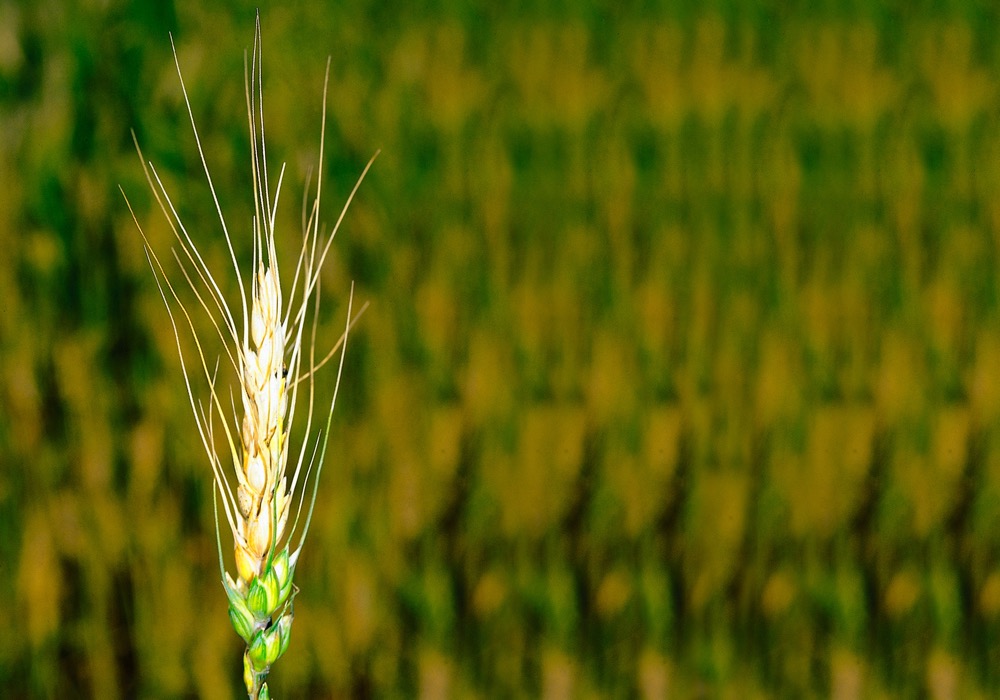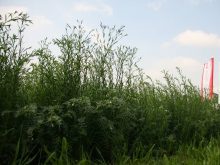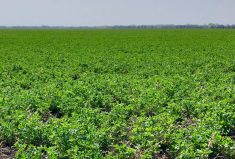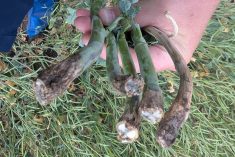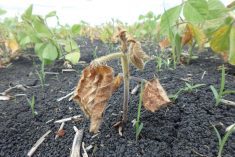Last season’s low disease incidence may decrease disease pressure, at least at the beginning of the season.
“In much of the Prairies, we’ve had dry conditions for a few years in a row. Generally speaking, dry conditions provide poor environments for pathogens, so going into 2022, there may be a reduced buildup of pathogen inoculum and potential for some diseases may be slightly reduced in some areas,” says Ashley Ammeter, an agronomy extension specialist with the Manitoba Crop Alliance.
That said, it’s not all good news. Whereas fusarium head blight (FHB) in cereals or sclerotinia in canola are monocyclic (infect a host and produce spores just once in a season), cereal leaf spot diseases can cycle on a crop every seven to 14 days, and even as often as four to six days depending on the pathogen and conditions. Therefore, early-season leaf spot inoculum levels have little bearing on season-long infection rates — even silaged fields can retain plenty of inoculum in the few inches of stem left unharvested.
Read Also
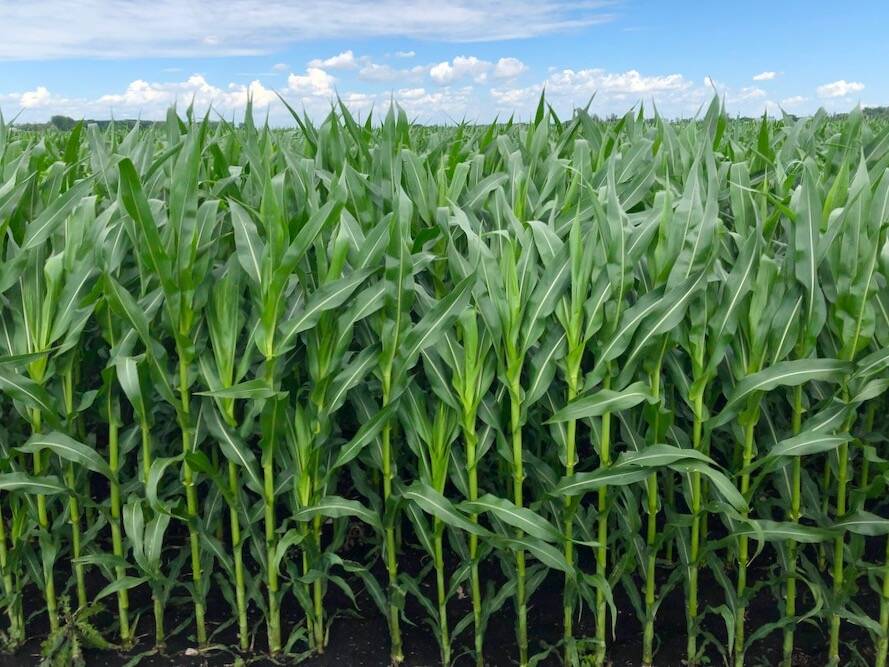
Cancer agency reclassifies another herbicide ‘probably carcinogenic’
The WHO’s cancer research agency has now put atrazine, a herbicide well known to corn growers, in the same potential-hazard category where the agency put glyphosate.
Also, anyone hoping that last year’s heat and drought conditions might have killed off pathogens will likely be disappointed.
“In Australia, they have daily highs during the summer, depending on location, in the 40 to 45 C range, yet they continue to have issues with residue-borne diseases. Those dry, warm conditions we saw last year are not necessarily detrimental to pathogen survival in the infected crop residues, or in the soil itself,” says Kelly Turkington, a plant pathologist with Agriculture and Agri-Food Canada in Lacombe, Alta.
In fact, exactly the opposite may be true. Even under normal conditions, the typical cereal-canola-cereal rotation is not long enough for residues to decompose and inoculum to decrease. Last year’s drought conditions will make tight rotations functionally even tighter.
“(Last year’s) dry conditions affected disease development, but it also affected microbial activity, in general,” says Turkington. “Typically, in a dry year, residue decomposition is greatly reduced … which may mean you have an increased risk of carryover of pathogen survival structures.”

